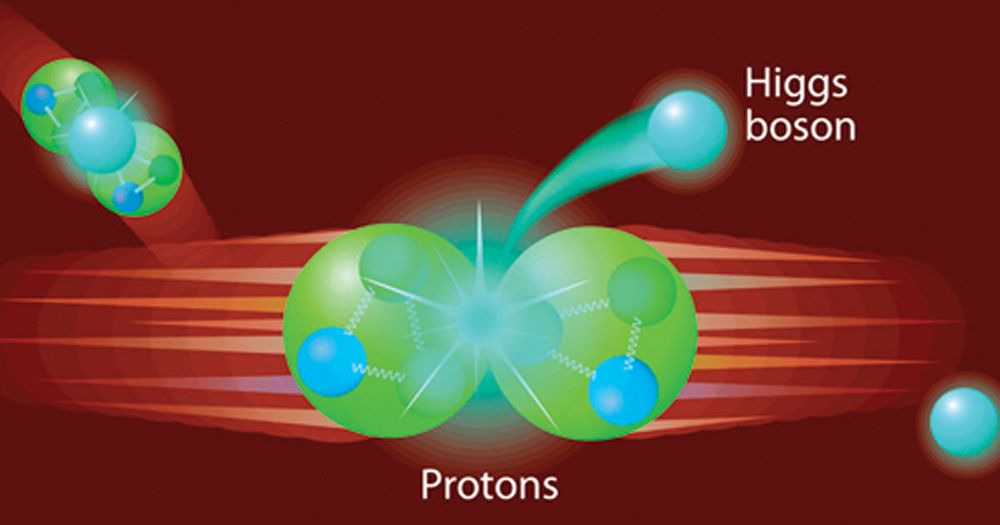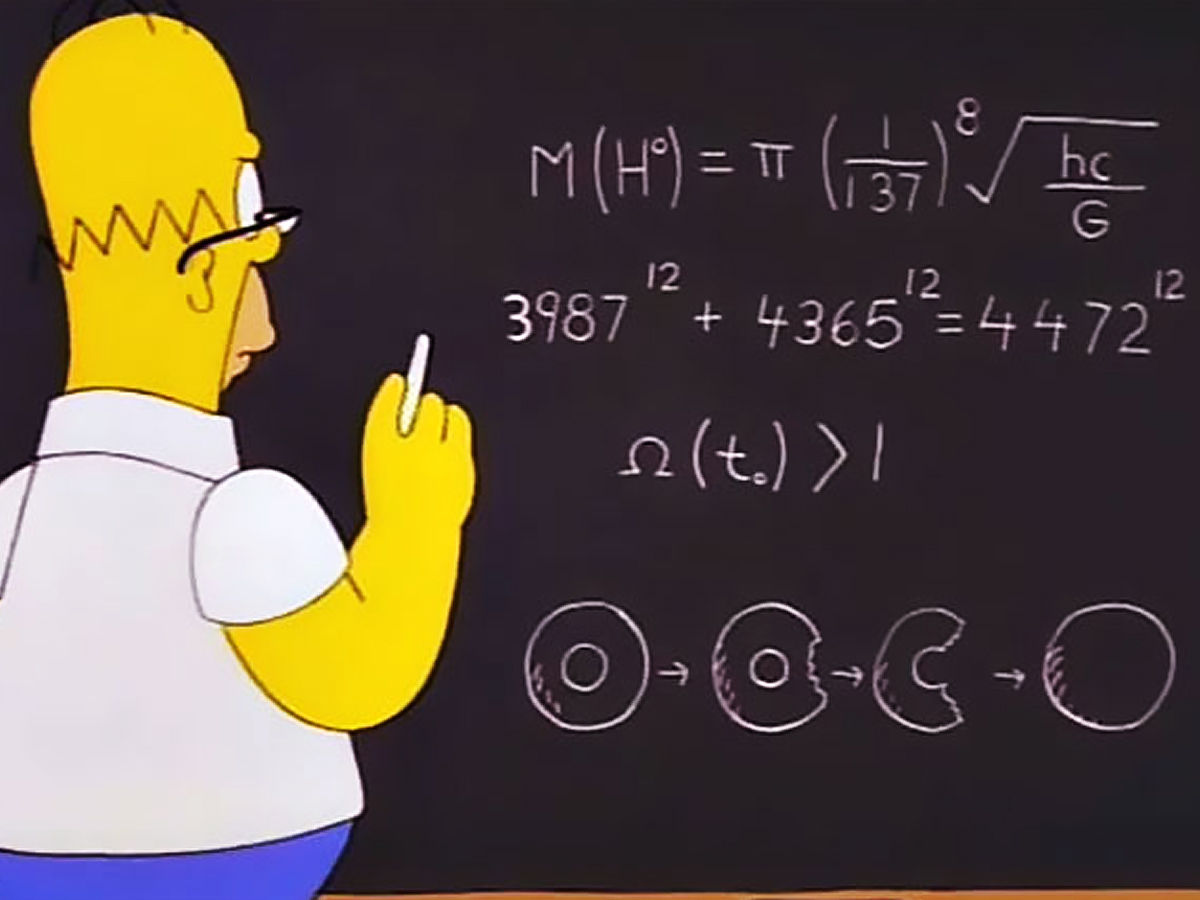

THE HIGGS BOSON
You and everything around you are made of particles. But when the universe began, no particles had mass; they all sped around at the speed of light. Stars, planets and life could only emerge because particles gained their mass from a fundamental field associated with the Higgs boson.The existence of this mass-giving field was confirmed in 2012, when the Higgs boson particle was discovered at CERN.

What is the Higgs Boson?
In our current description of Nature, every particle is a wave in a field. The most familiar example of this is light: light is simultaneously a wave in the electromagnetic field and a stream of particles called photons.
In the Higgs boson's case, the field came first. The Higgs field was proposed in 1964 as a new kind of field that fills the entire Universe and gives mass to all elementary particles. The Higgs boson is a wave in that field. Its discovery confirms the existence of the Higgs field.

How do particles get mass?
Particles get their mass by interacting with the Higgs field; they do not have a mass of their own.
The stronger a particle interacts with the Higgs field, the heavier the particle ends up being. Photons, for example, do not interact with this field and therefore have no mass. Yet other elementary particles, including electrons, quarks and bosons, do interact and hence have a variety of masses.
This mass-giving interaction with the Higgs field is known as the Brout-Englert-Higgs mechanism, proposed by theorists Robert Brout, François Englert and Peter Higgs.
How did we discover the Higgs Boson?
The Higgs boson can't be “discovered” by finding it somewhere but has to be created in a particle collision. Once created, it transforms – or “decays” – into other particles that can be detected in particle detectors.
Physicists look for traces of these particles in data collected by the detectors. The challenge is that these particles are also produced in many other processes, plus the Higgs boson only appears in about one in a billion LHC collisions. But careful statistical analysis of enormous amounts of data uncovered the particle's faint signal in 2012.

How did physicists know it was the Higgs-Boson?
On 4 July 2012, the ATLAS and CMS collaborations announced the discovery of a new particle to a packed auditorium at CERN.

This particle had no electrical charge, it was short-lived and it decayed in ways that the Higgs boson should, according to theory. To confirm if it really was the Higgs boson, physicists needed to check its “spin” – the Higgs boson is the only particle to have a spin of zero.
By examining two and a half times more data, they concluded in March 2013 that, indeed, some kind of Higgs boson had been discovered.

What have we learned since its discovery?
Discovering the Higgs boson was just the beginning. In the ten years since, physicists have examined how strongly it interacts with other particles, to see if this matches theoretical predictions.
Interaction strength can be measured experimentally by looking at Higgs boson production and decay: the heavier a particle the more likely the Higgs boson is to decay into or be produced from it. Interaction with tau leptons was discovered in 2016 and interaction with top and bottom quarks in 2018.
But there is much more still to learn about this elusive particle.

